Lael Chmelyk
Lael Chmelyk is a ceramic and fiber artist living in Calgary, Alberta. Raised in Dawson Creek, Lael began making from an early age. She went on to graduate with a Bachelor of Fine Arts in Ceramics with Distinction from The Alberta University of Arts in 2020. Her work focuses on themes surrounding identity, agency over our bodies, chronic illness and the legacies we leave behind. She has developed a method of soda firing in oxidation, which is fired to a lower temperature than most, allowing her to lower her carbon footprint compared to traditional firing methods. In 2024, she was awarded the Winifred Shantz Award for Emerging Ceramic Artists.
Artist’s Statement
Craft objects can act as a conjugate for ideas and concepts, and through their function, those ideas become a part of the everyday domestic experience. My functional soda fired pots have contrasting surfaces that create tension between geometry and organic patterns. Areas of quiet and overwhelm in the decoration invite touch and offer the user a moment of pause and intimate investigation. Referencing botany, I look to understand my place in the world’s classifications. I attempt to catch the user’s attention, to render them in the present through chance or rituals. The intent is to give one the chance to question the place of plants in beauty - but also the place of the environment in one’s values.
By using a soda kiln, I can allow for the kiln and its unexpected nature to share agency over the work. This also echoes the balance between control and chaos that we, as a society, attempt to force on our environment. My work illustrates this balance through moments of chance and instances of control in a duet with the kiln. This balance is central to the work and allows for the ornate surfaces to exist on the forms without overwhelming the experience.
In my fiber practice, I explore ideas of femininity and ideas of otherhood through quilting and natural dyeing. By translating concepts of the female body as a vessel through a matrilineal craft, I can question the status quo of what a woman’s life should look like. Quilting practices are historically centered around familial functions, but within that history, I question whether we motherhood and womanhood are inextricably linked.


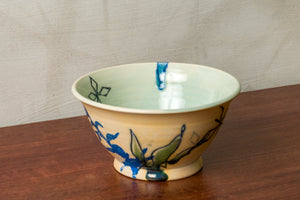
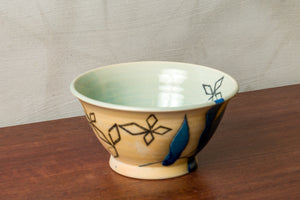
Medium Bowl 2
$90.00 CAD
| /
Soda fired porcelainious stoneware, slip, glaze, unerglaze, cobalt. 8 cm x 17 x 8
View full product details

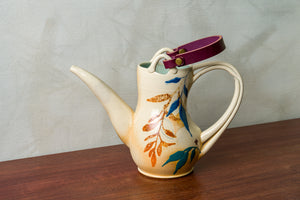
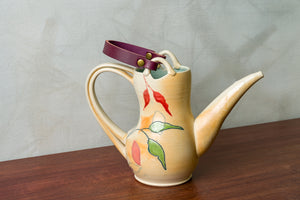
Watering Can with Leather Handle
$225.00 CAD
| /
Soda fired porcelainious stoneware, slip, glaze, unerglaze, cobalt, leather, brass. 18 cm x 18 x 12
View full product details

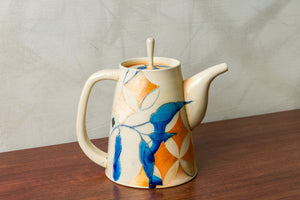
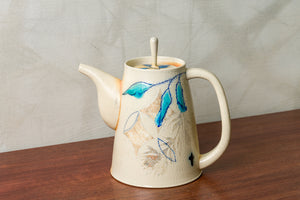
Tall Style Teapot
$200.00 CAD
| /
Salt fired porcelainious stoneware, slip, glaze, unerglaze, cobalt. 21 cm x 20 x 14
View full product details

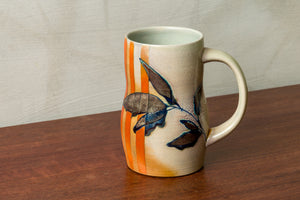
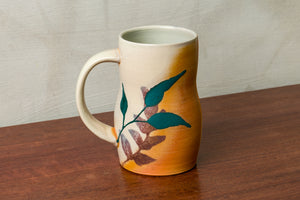
Bellied Mug 9
$85.00 CAD – Sold Out
| /
Salt fired porcelainious stoneware, slip, glaze, unerglaze, cobalt. 13 cm x 13 x 9
View full product details

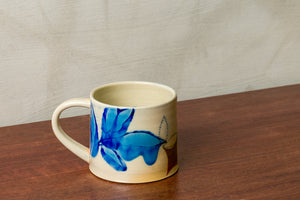
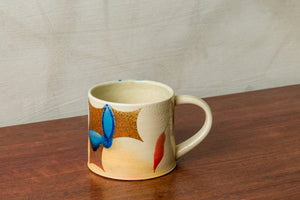
Americano Mug 6
$70.00 CAD
| /
Salt fired porcelainious stoneware, slip, glaze, unerglaze, cobalt. 8 cm x 12 x 9
View full product details

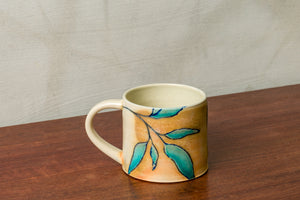
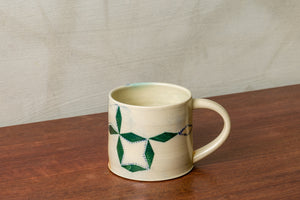
Americano Mug 5
$70.00 CAD
| /
Salt fired porcelainious stoneware, slip, glaze, unerglaze, cobalt. 8 cm x 12 x 9
View full product details

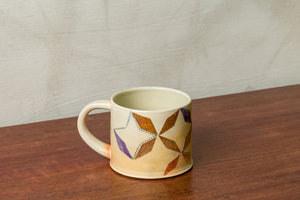
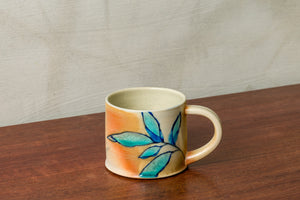
Americano Mug 4
$70.00 CAD
| /
Soda fired porcelainious stoneware, slip, glaze, unerglaze, cobalt, brass, leather. 8 cm x 12 x 9
View full product details


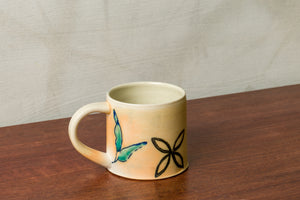
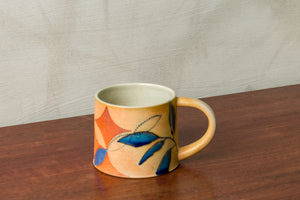
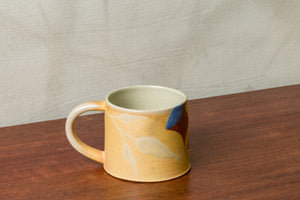
Americano Mug 2
$70.00 CAD
| /
Soda fired porcelainious stoneware, slip, glaze, unerglaze, cobalt. 8 cm x 12 x 9
View full product details
Americano Mug 1
$70.00 CAD
| /
Soda fired porcelainious stoneware, slip, glaze, unerglaze, cobalt. 8 cm x 12 x 9
View full product details
Small Oval Dish 2
$45.00 CAD
| /
Soda fired porcelainious stoneware, slip, glaze, underglaze, cobalt | 22 cm in diameter x 11
View full product details

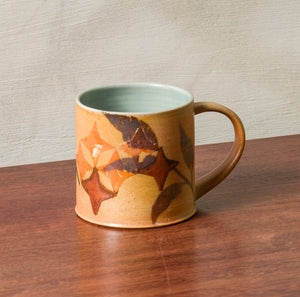
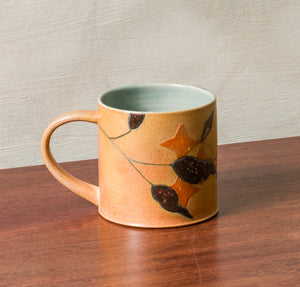
Medium Traditional Mug 1
$75.00 CAD
| /
Soda fired porcelainious stoneware, slip, glaze, underglaze, cobalt | 12cm x 7.5 x 9
View full product details


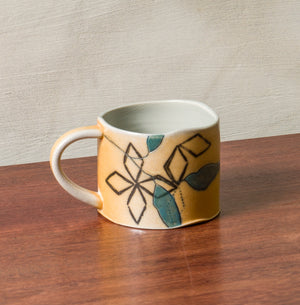
Medium Wavy Rim Mug 2
$65.00 CAD
| /
Soda fired porcelainious stoneware, slip, glaze, underglaze, cobalt | 12cm x 9 x 9
View full product details

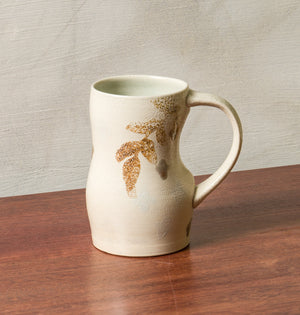
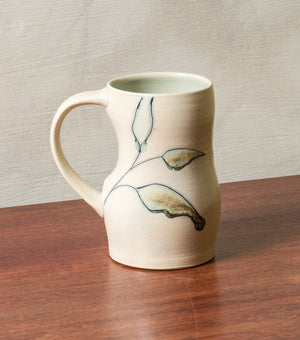
Bellied Mug 7
$85.00 CAD – Sold Out
| /
Salt fired porcelainious stoneware, slip, glaze, underglaze, cobalt | 11cm x 11 x 8
View full product details

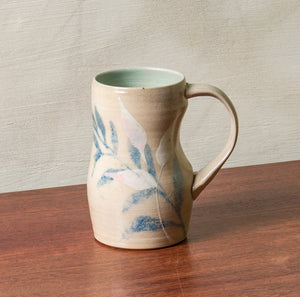
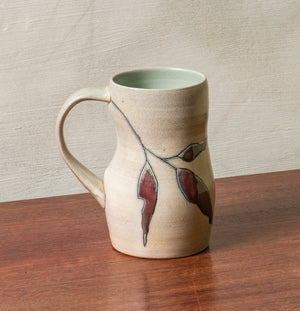
Bellied Mug 3
$85.00 CAD – Sold Out
| /
Salt fired porcelainious stoneware, slip, glaze, underglaze, cobalt | 12cm x 13 x 7
View full product details

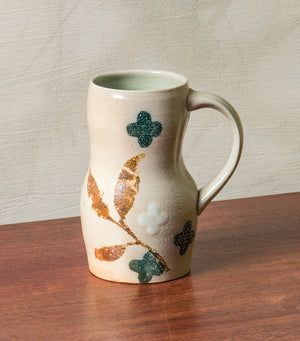
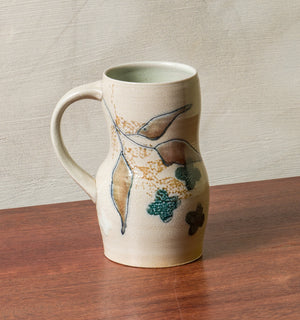
Bellied Mug 4
$85.00 CAD – Sold Out
| /
Salt fired porcelainious stoneware, slip, glaze, underglaze, cobalt | 11cm x 14 x 7
View full product details

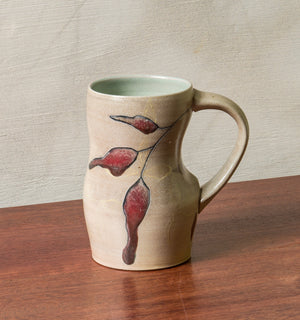
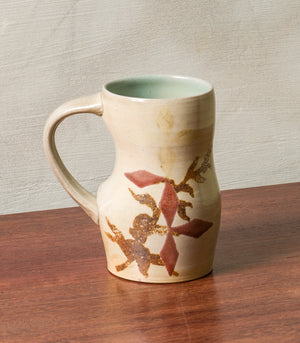
Bellied Mug 2
$85.00 CAD
| /
Salt fired porcelainious stoneware, slip, glaze, underglaze, cobalt | 12cm x 13 x 7
View full product details



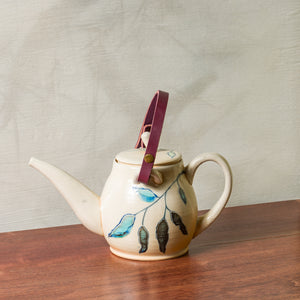
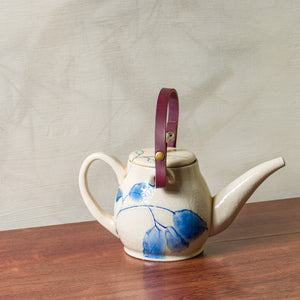
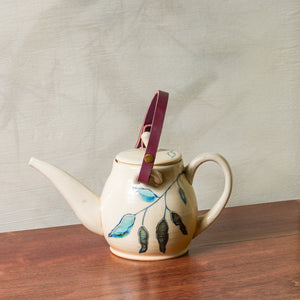
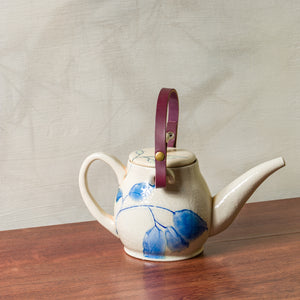
Teapot with Leather Handle
$225.00 CAD
| /
Soda-fired porcelainious stoneware, slip, glaze, underglaze, cobalt, leather and brass | 23cm x 24 x 13
View full product details

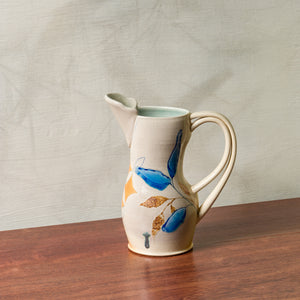
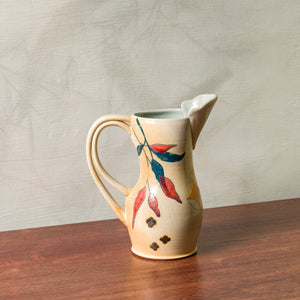
Pitcher 2
$130.00 CAD
| /
Soda fired porcelainious stoneware, slip, glaze, underglaze, cobalt | 18cm x 22 x 10
View full product details

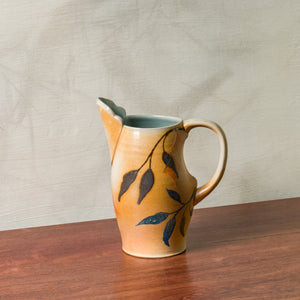

Pitcher 1
$130.00 CAD
| /
Soda fired porcelainious stoneware, slip, glaze, underglaze, cobalt | 17cm x 22 x 14
View full product detailsFollow
Bluerock Gallery Inc. acknowledges the land in which it is is situated on as the traditional territories of the Blackfoot Confederacy (Siksika, Kainai, Piikani), the Tsuut’ina, the Îyâxe Nakoda Nations, the Métis Nation (Region 3), and all people who make their homes in the Treaty 7 region of Southern Alberta.
Sign up to get the latest on sales, new releases and more…
© 2026 Bluerock Gallery.
Powered by Shopify





































